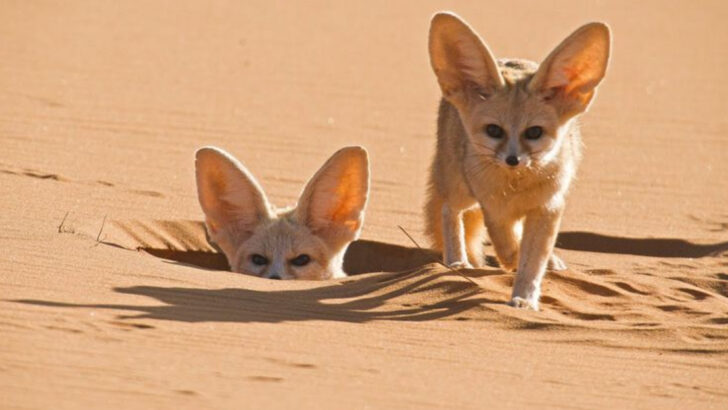Not every animal is living its best life in the sunshine.
Some hate summer.
Despise it.
Loathe the heat, the bugs, the dryness—all of it.
While we’re out chasing popsicles and pool days, these creatures are throwing tiny tantrums and finding clever, sometimes ridiculous ways to escape the seasonal chaos.
One rolls itself in mud like it’s slathering on sunscreen.
Another straight-up shuts down its entire body and waits for fall.
And one? It builds a slime fortress. Yes—a slime fortress.
These 10 animals aren’t here for the summer vibes.
They’ve got beef with the sun—and we’re here for every weird, wonderful meltdown.
Emperor Penguins
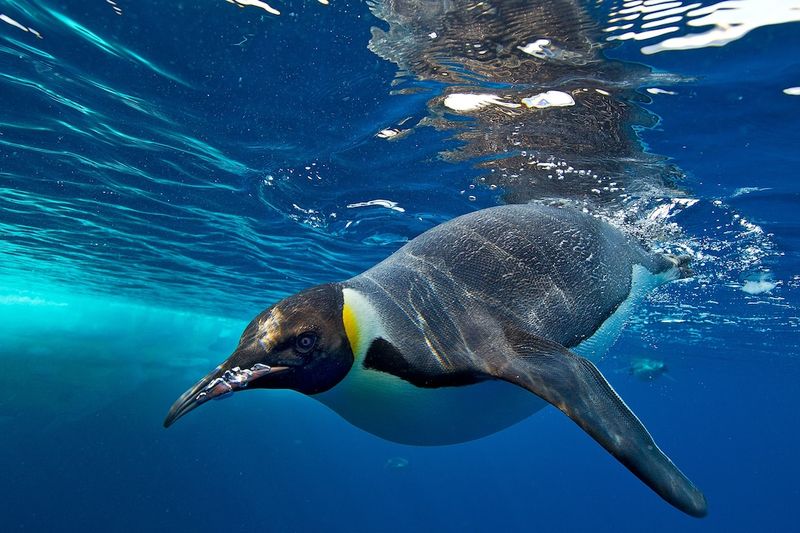
Picture the icy realms of Antarctica, where Emperor Penguins thrive. During summer, they face threats from melting ice and rising temperatures. These birds huddle together to stay cool, showcasing remarkable social behavior. By tightly packing themselves, they minimize exposure to warm air. This natural air-conditioning system allows them to endure the harshest conditions. Interestingly, they rotate positions within the huddle to ensure every penguin gets comfort. This communal effort reflects their adaptability and survival instincts. Despite the challenges, they maintain their stoic charm, embodying resilience. Emperor Penguins remind us of nature’s ingenious ways to combat climate.
Kangaroos
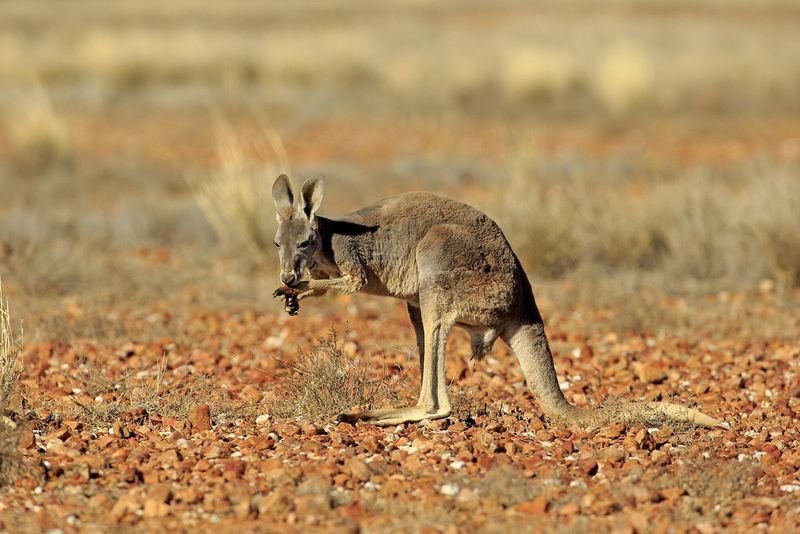
In the heart of the Australian outback, kangaroos face scorching temperatures. Their unique cooling method involves licking their forearms. This behavior cools their blood, helping them withstand the heat. They also seek shade during peak sunlight hours, conserving energy and maintaining hydration. These marsupials demonstrate remarkable adaptation through simple yet effective techniques. Their survival is a testament to evolution’s brilliance in harsh environments. Kangaroos’ resilience is a lesson in making the most of available resources. Through their ingenious strategies, they manage to thrive even in the most intense heat, showcasing nature’s adaptability.
Elephants
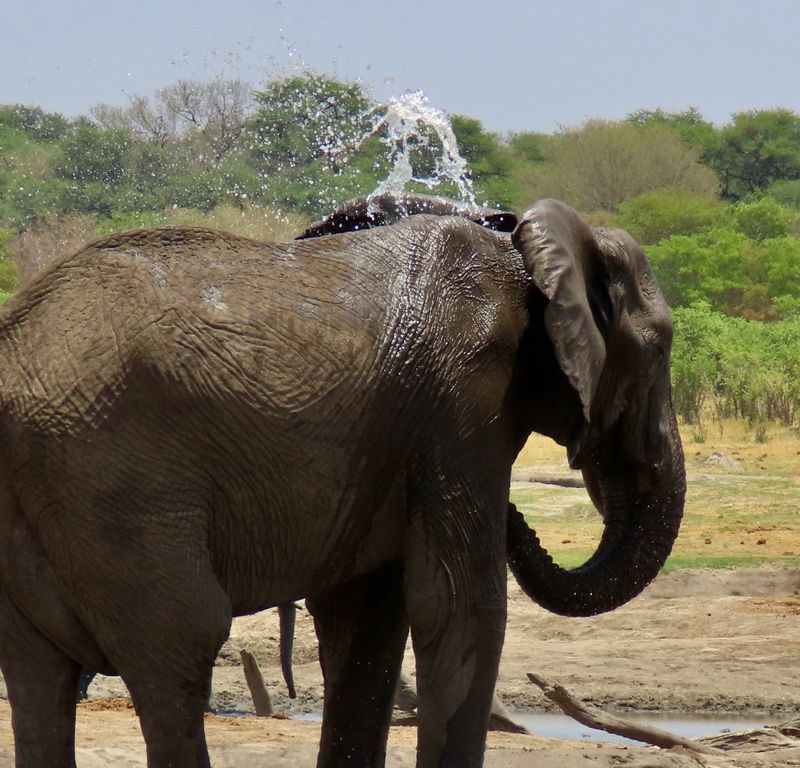
Elephants, the gentle giants of the African savannah, employ a unique method to beat the heat. They flap their large ears, which act as natural fans, cooling the blood flowing through them. This simple adaptation helps regulate their body temperature. Additionally, elephants often visit waterholes, spraying themselves with water to cool off. Their intelligence shines in these moments of self-care, reflecting a deep understanding of their environment. These magnificent creatures embody resilience and adaptability. By combining natural instincts with physical attributes, elephants navigate the challenges of summer with grace and strength.
Fennec Foxes
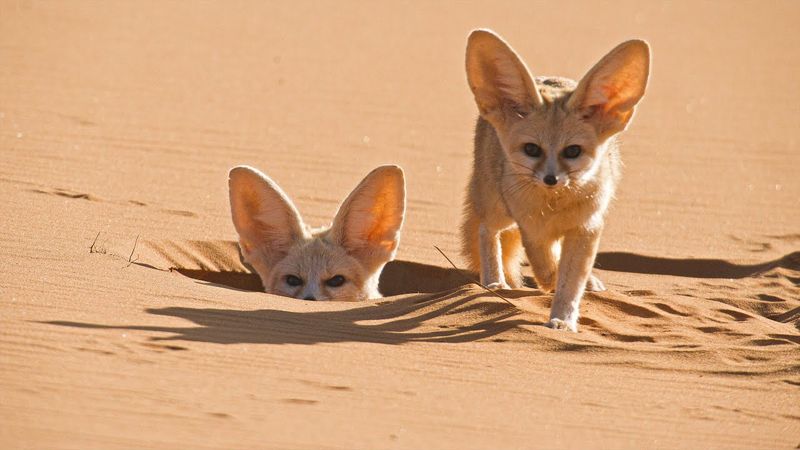
Amidst the Sahara’s golden sands, Fennec Foxes navigate the relentless summer heat. Their oversized ears are more than a defining feature; they dissipate heat efficiently. These nocturnal creatures avoid daytime heat by burrowing underground, creating cool sanctuaries. Their adaptability is a testament to nature’s ingenuity. By emerging at night, they conserve energy and avoid the sun’s harsh rays. The Fennec Fox’s lifestyle is a masterclass in survival, showcasing resourcefulness in an unforgiving environment. Their fascinating adaptations serve as a reminder of the diverse strategies animals employ to endure extreme conditions.
Polar Bears
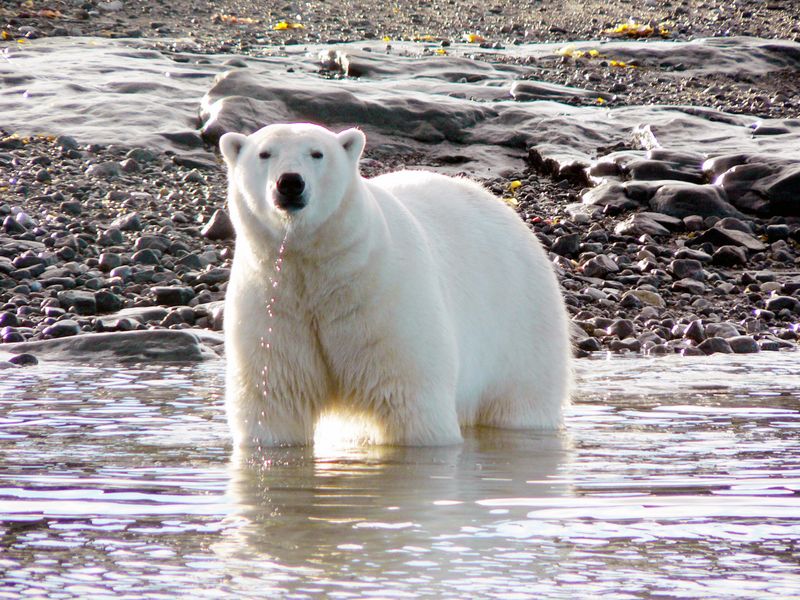
In the rapidly warming Arctic, Polar Bears face severe challenges during summer. As ice melts, their hunting grounds shrink, threatening their survival. These majestic creatures have adapted by swimming longer distances to find food. Despite the harsh conditions, their resilience and strength shine through. During warmer months, they rely on stored fat reserves, showcasing a preparation strategy for lean times. Polar Bears’ plight is a poignant reminder of climate change’s impact on wildlife. Their struggle underscores the urgent need for conservation efforts to preserve these iconic animals and their habitats.
Bactrian Camels
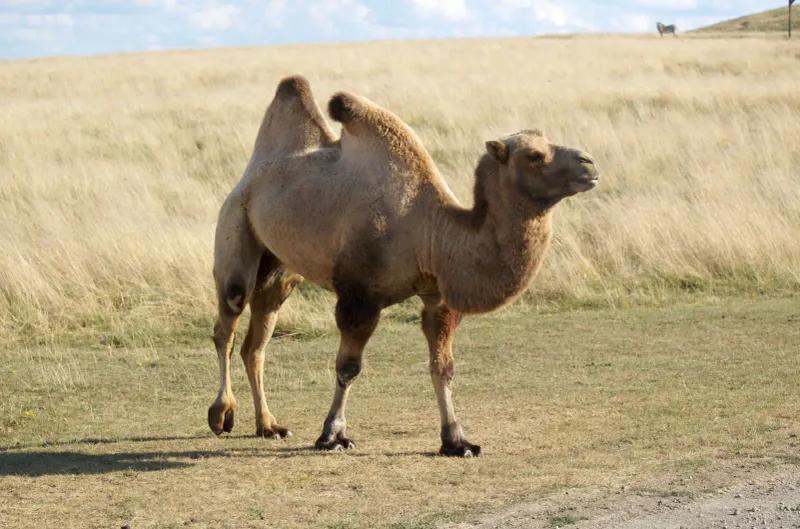
In the vast expanses of the Gobi Desert, Bactrian Camels showcase their unique adaptations to summer’s extremes. With their distinctive two humps, they store fat, which is converted to water and energy when needed. This adaptation helps them endure long periods without drinking. During the hottest times, they rest and minimize activity, conserving energy. Their resilience is a testament to nature’s evolutionary brilliance. Bactrian Camels exemplify how life thrives in harsh environments through ingenious adaptations. Their survival strategies highlight the delicate balance of ecosystems and the importance of conserving these unique species.
Koalas
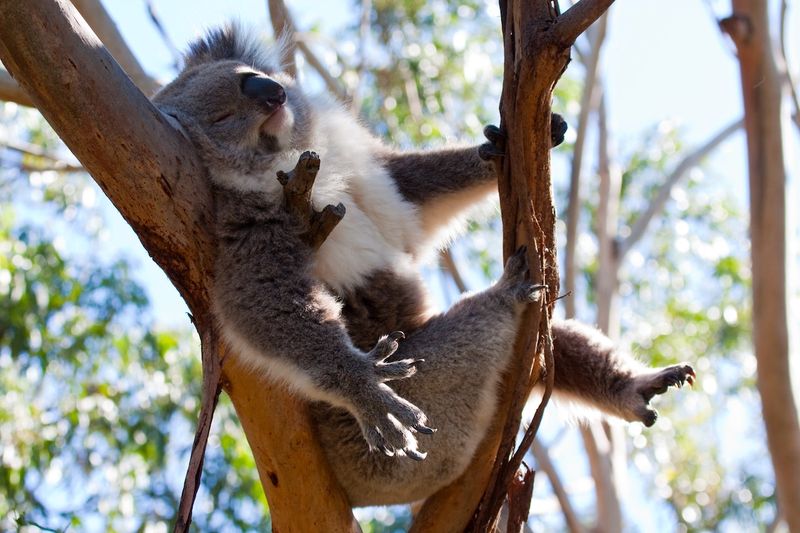
Among Australia’s eucalyptus trees, Koalas face unique summer challenges. These marsupials depend on eucalyptus leaves for hydration, as they rarely drink water. During intense heat, koalas pant to regulate body temperature and seek shade in dense foliage. This behavior minimizes sun exposure and conserves energy. Their lifestyle is a perfect blend of laziness and efficiency, ensuring survival in harsh climates. Koalas’ adaptability reflects the intricate relationship between animals and their habitats. Their survival is a testament to nature’s resilience, where even the sleepiest creatures employ clever strategies to combat climate challenges.
Sloths

High in the rainforest canopies, sloths embrace a slow-paced lifestyle to combat summer heat. Their leisurely movements and upside-down living keep them cool. By minimizing activity, they conserve energy and avoid overheating. These creatures have mastered the art of relaxation, showcasing nature’s ingenuity in unexpected ways. Their fur’s unique structure also aids in staying cool by promoting airflow. Sloths’ approach to summer is a lesson in mindful living, where slow and steady truly wins the race. Their lifestyle is a fascinating example of adaptation, blending simplicity with effectiveness in nature’s grand design.
Puffins
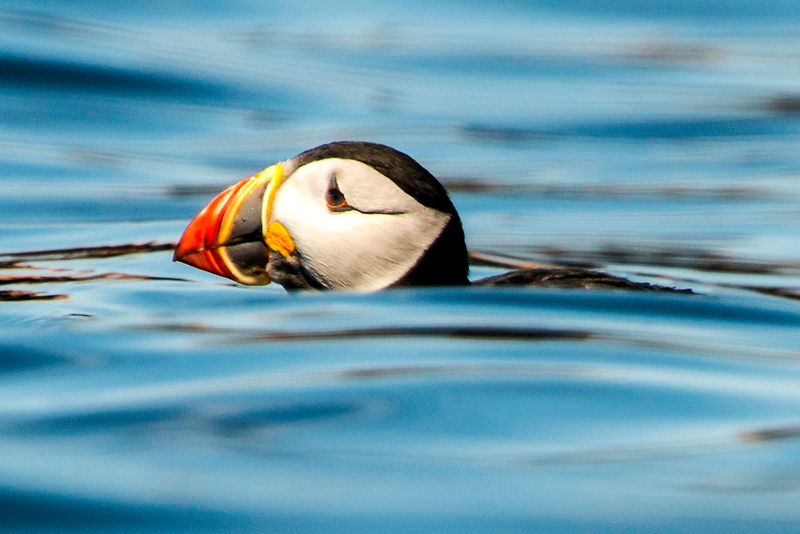
Nestled along Scotland’s rocky cliffs, Puffins find refuge from summer’s heat. These seabirds are adept at utilizing cool ocean breezes to regulate body temperature. They also burrow into the cliffs, creating shaded nests to escape direct sunlight. Their vibrant personalities shine through, even in challenging climates. Puffins’ adaptability is a testament to their resilience and resourcefulness. By combining natural habitats and behaviors, they manage to thrive in summer. These captivating birds remind us of nature’s beauty and the incredible ways animals adapt to their environments, ensuring survival against all odds.
Arctic Foxes

In the tundra, Arctic Foxes face the dual challenge of extreme heat and dwindling food sources in summer. Their coats change to a brown color, providing camouflage and reflecting some sunlight. These cunning creatures adapt by altering their diet to include more berries and insects. Their survival is a masterclass in flexibility and resourcefulness. By adjusting their behavior and appearance, Arctic Foxes demonstrate nature’s ability to innovate. Their adaptations are a poignant reminder of the interconnectedness of ecosystems and the importance of preserving biodiversity in a changing world.

